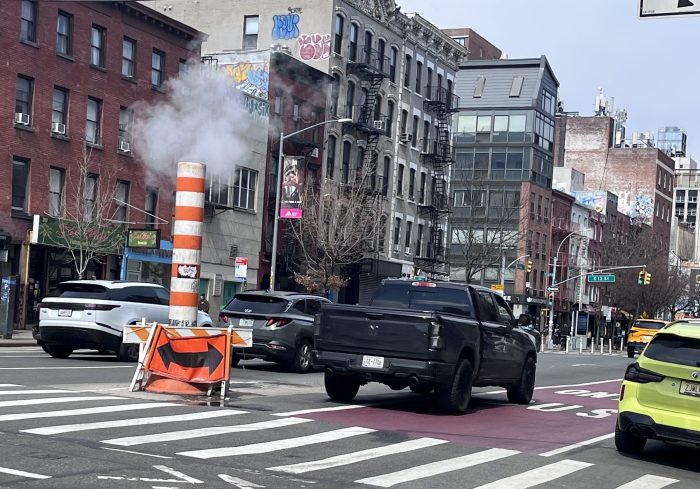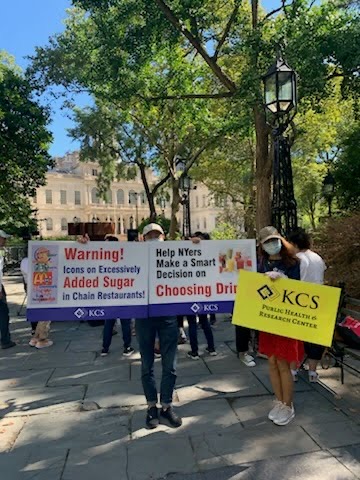Many building owners will soon be required to register with the city as part of a new database aimed at reducing the number of storefront vacancies.
The City Council on Tuesday passed a bill that mandates the tracking of storefronts and second-floor commercial spaces across the five boroughs in an effort to accurately measure vacancies and come up with informed solutions for filling them.
“Whether it’s our five Chinatowns, or the hundreds of Caribbean-owned businesses in Flatbush, or the South American restaurants and businesses of Elmhurst — successful small businesses are the backbone of the middle class, particularly for new immigrants," said Councilwoman Helen Rosenthal, one of the bill’s 16 sponsors. "We have witnessed the loss of far too many small businesses in the last several years, leaving only empty storefronts behind. Losing this economic ladder limits opportunity, and contributes to New York City’s growing economic inequality.”
The so-called Storefront Tracker is also expected to provide useful information for community organizations, business improvement districts and urban planners.
“You can’t fix a problem when you can’t even begin to measure it,” said Manhattan Borough President Gale Brewer, who introduced the legislation with Rosenthal and Council Speaker Corey Johnson in March. "This database will be a boost for business owners looking for possible places to rent, those facing lease negotiations, and countless other possible services.”
At the start of each year, building owners with storefront and second-floor commercial spaces, as well as commercial spaces in residential buildings, will be required to register with the city Department of Finance as part of their annual income and expense filings. The size, location, occupancy status, monthly rent, lease status and owner contact information will be required for each space.
Owners who fail to register or who provide inaccurate data will face fines. They will also be required to update the database if the occupancy status or ownership of the building changes within the first six months of the year.
The public will be able to see a commercial building’s occupancy status via the online Storefront Tracker database. More detailed data, such as the median time vacant spaces have remained empty, will be made available online via the census tract or council district.

































